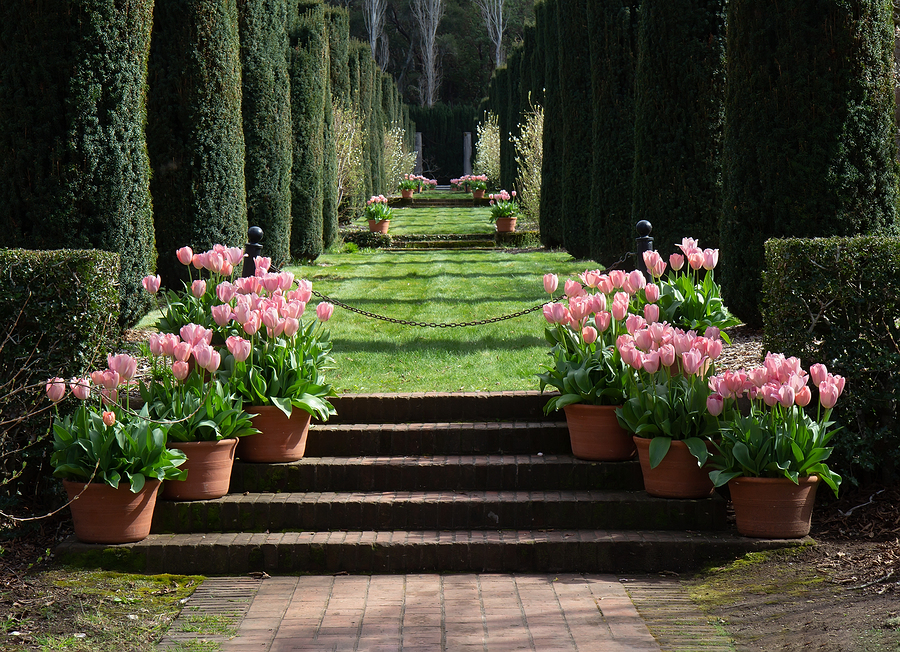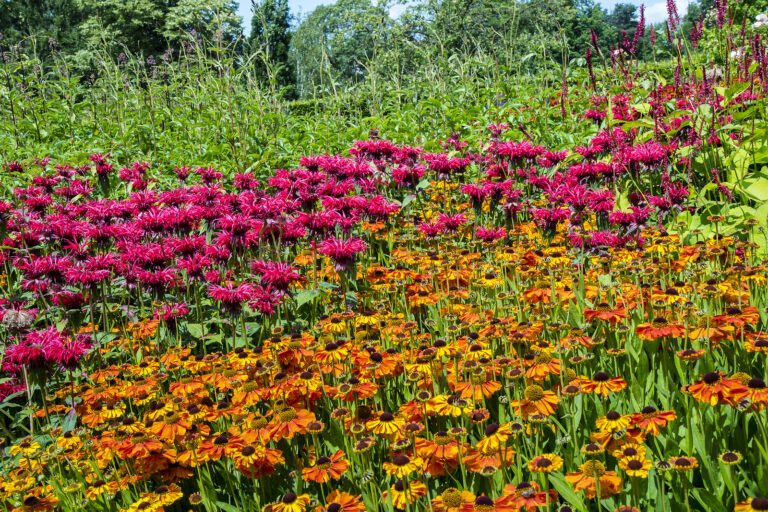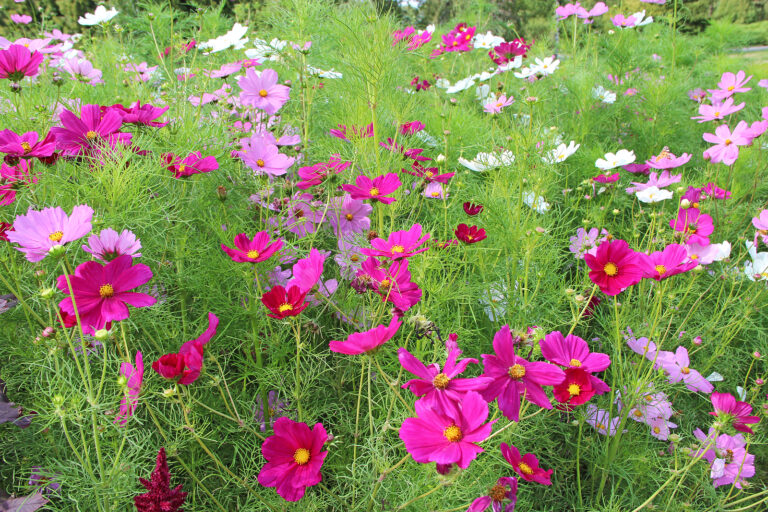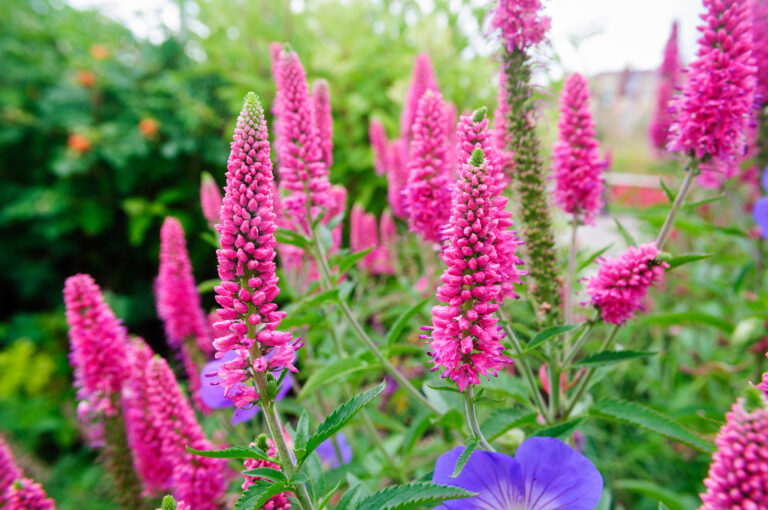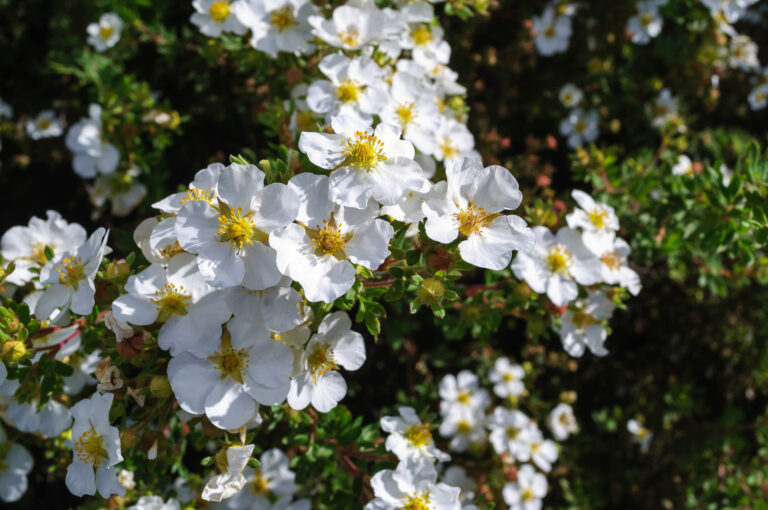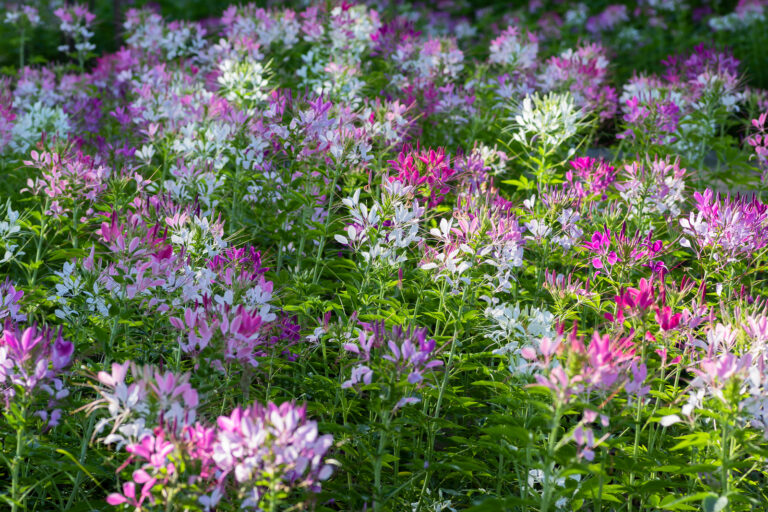Garden Style Basics
Every garden has a style; some are more successful than others.
Successful gardens, gardens that are pleasing to be in, make sense. They make sense to the eye and to the mind of the visitor.
Gardens that are successful are unified; the space, the plants, the hardscape, all work together. When all of the elements of a garden are unified a garden works—the style is evident and satisfying.
That said, no two gardens are the same. Each garden exists in its own space and environment and reflects the mind of the designer.
When planning a garden, give advance thought to its style–your style–before you commit a pencil to paper or put plants in the ground.
Here are several considerations to take into account as you plan your garden and determine its style. Consider each of these individually and then consider them together as a whole.
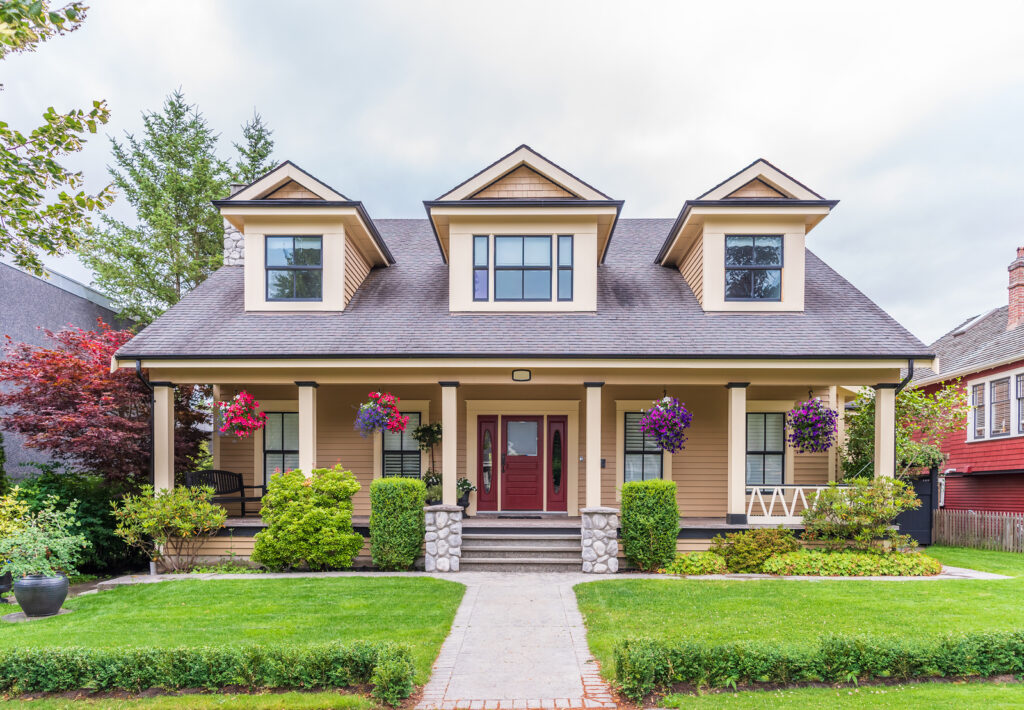
Consider the architecture of your home
Your house is part of your garden’s canvas. When designing a garden take cues from the height and width of the house.
- A common design technique is to sketch a reflection of the house onto the planting area; imagine the garden set in the squares, rectangles, triangles, circles—the geometric angles of the house. A house with a formal façade almost demands a formal garden; a small cottage needs an informal garden,
- Consider the materials the house is made of: wood, brick, stone, concrete. Those same materials can be used in the hardscape of the garden—the walkways, terrace, patio, deck, walls, and fences.
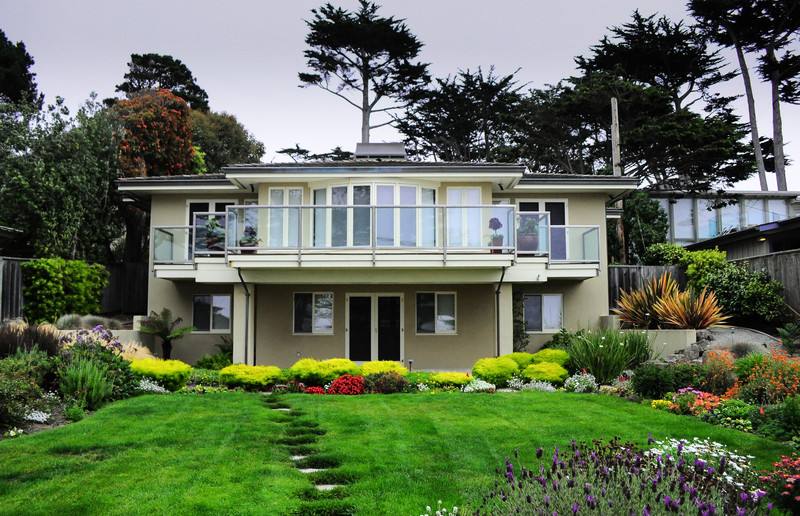
Consider the existing landscape
- In addition to the house, where will your garden exist in the larger landscape? Will the garden be in a city? In suburb? In a small town? In the country? In the woodland? On a prairie? In the hills? Your garden will be a part of a larger environment. Will your garden fit in? or do you want it to stand apart? These are all questions of style.
- Look around the neighborhood and the larger area in which you live. Does the neighborhood or regional landscape give you design and style cues?

Formal and informal gardens
- Formal gardens tend to have straight lines and geometric patterns. Formal gardens are commonly divided into four squares or rectangles or multiple squares or rectangles. Formal gardens can also have circular, oval, or triangular patterns. Walkways are commonly straight in a formal garden and often bisect the landscape creating an axis.
- Formal gardens commonly have tightly clipped hedges and uniformly planted flower beds. Formal gardens often have geometrical plant color patterns, usually annuals planted in patterns, or plant themes such as a rose garden
- Informal gardens conversely are usually free form; planting beds and walkways are curvilinear and flowing and commonly not symmetrical. Plantings may still have some sense of color coordination even if the plants are mixed with varied colors, heights, and textures.
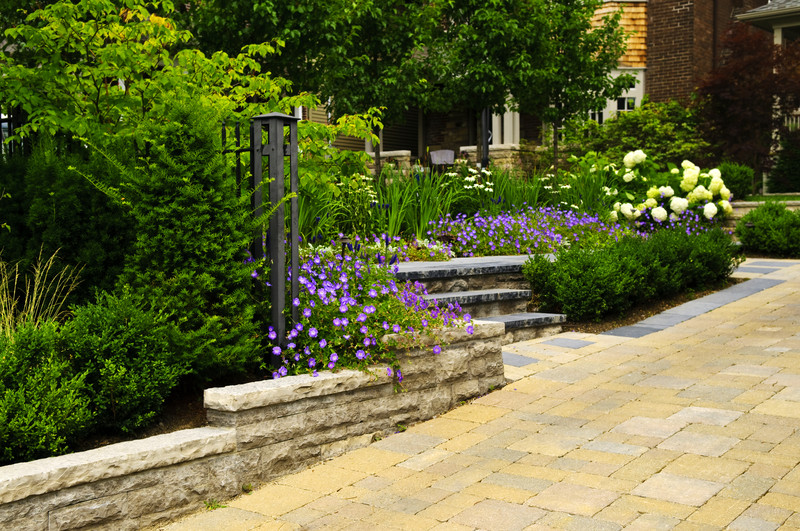
Hardscape style
- Hardscape—paths, fences, patios, porches, decks, inorganic groundcovers—can also affect a garden’s style. Pathways constructed of brick or geometric pavers tend to be formal, gravel paths are less so. A pathway of wood chips is informal. A patio of brick is more geometric and formal than a patio of flagstone. Arbors or benches made of untreated wood are less formal than iron arbors or benches painted black.
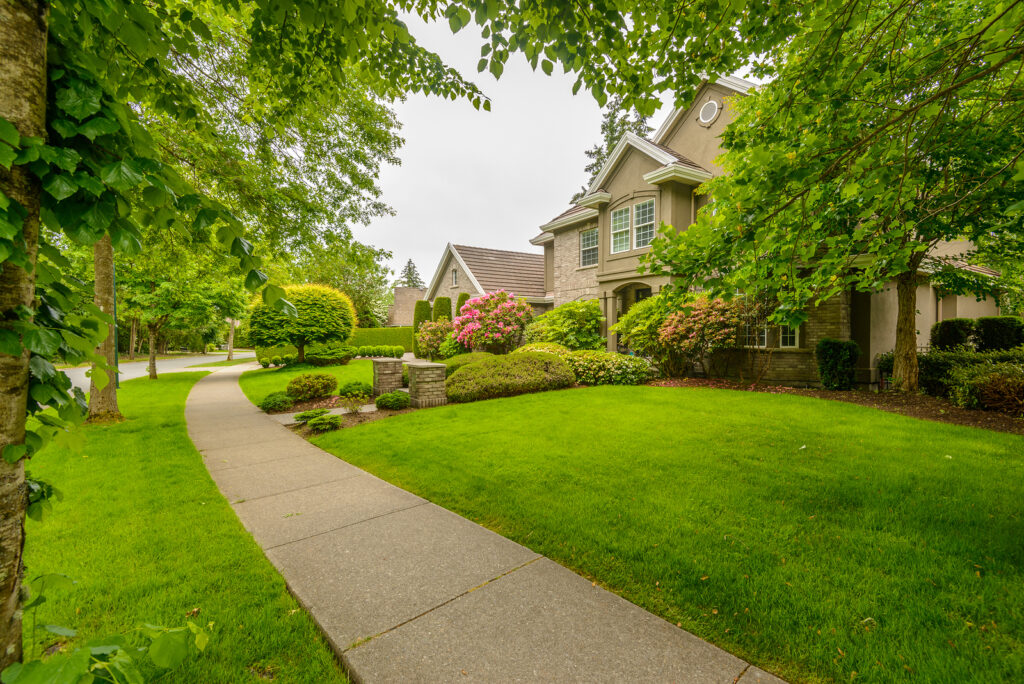
Style of the neighborhood
- Individual gardens often reflect the style of a neighborhood or region. If you live in an arid region, gardens may reflect a desert-style; a garden with lush lawns and geometric patterns would stand apart from the style of the region. Consider the landscape and garden style of the neighborhood; should your garden fit in or stand apart?
- Individual gardens commonly adapt to their surroundings. Often plant forms are similar if the planting themselves are different. Street trees in neighborhoods are often the same height and width if not the same species. Fences are often made of the same material.
- Walking or driving around your neighborhood or town will give you ideas for your garden’s style.
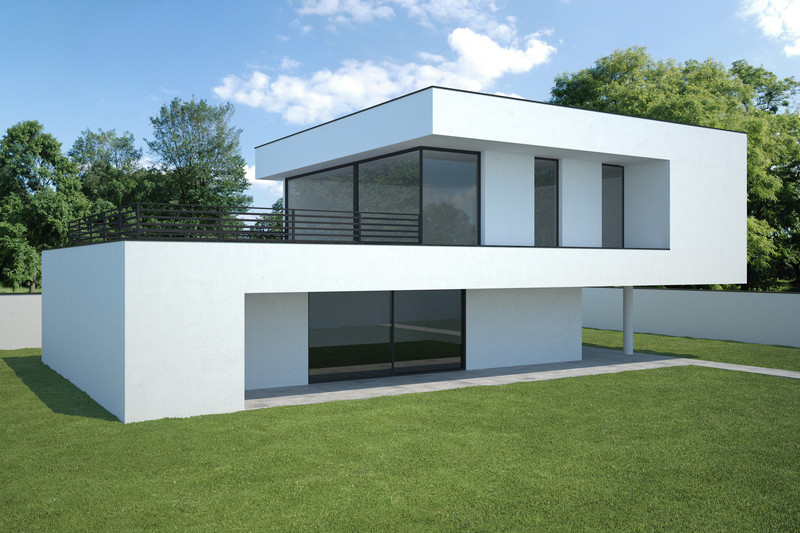
Personal style
- Gardens are commonly a reflection of their owners. Thinks about your style—is it formal or informal. Are you a city person or a country person? Think about your favorite colors; a gardener’s favorite colors are often incorporated into the garden’s plantings.
- If you are unsure of exactly what your garden should be, start collecting photos of gardens you like. Clip photos and designs out of magazines. Look for similarities in style from the photos and clippings you’ve collected. Look for similarities of line patterns, in colors. These observations will guide your choices when it comes to garden style.
- If you are still unsure, share this collection with a garden designer, landscape architect, or landscape contractor; they will likely pick up on your style right away and guide you in your design.
The whole is greater than the sum of its parts
Consider all of the above. Gardens are constructed of many elements both tangible and intangible. Take your time. don’t rush into planting a garden, especially if you and your garden will be together for years.

